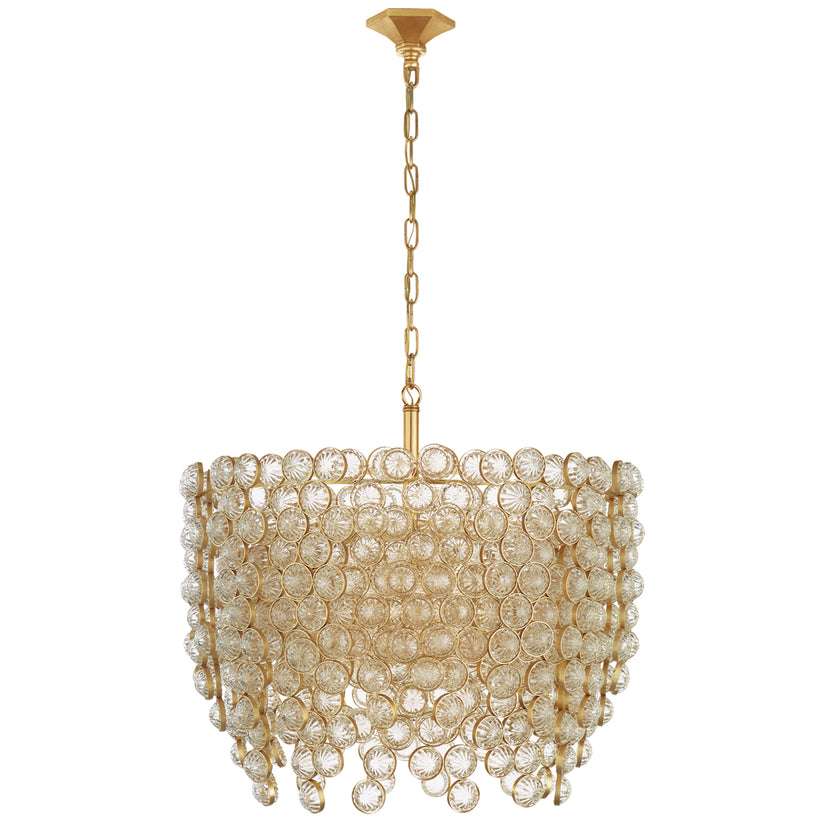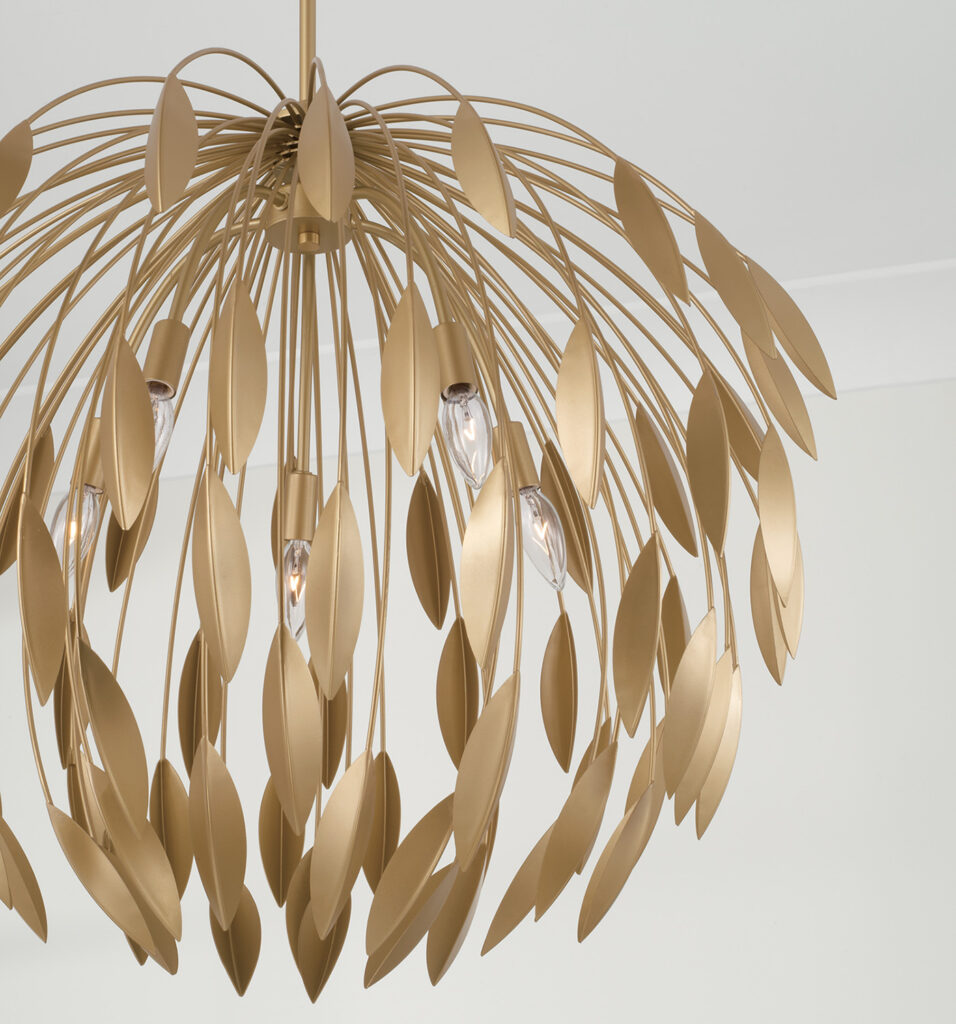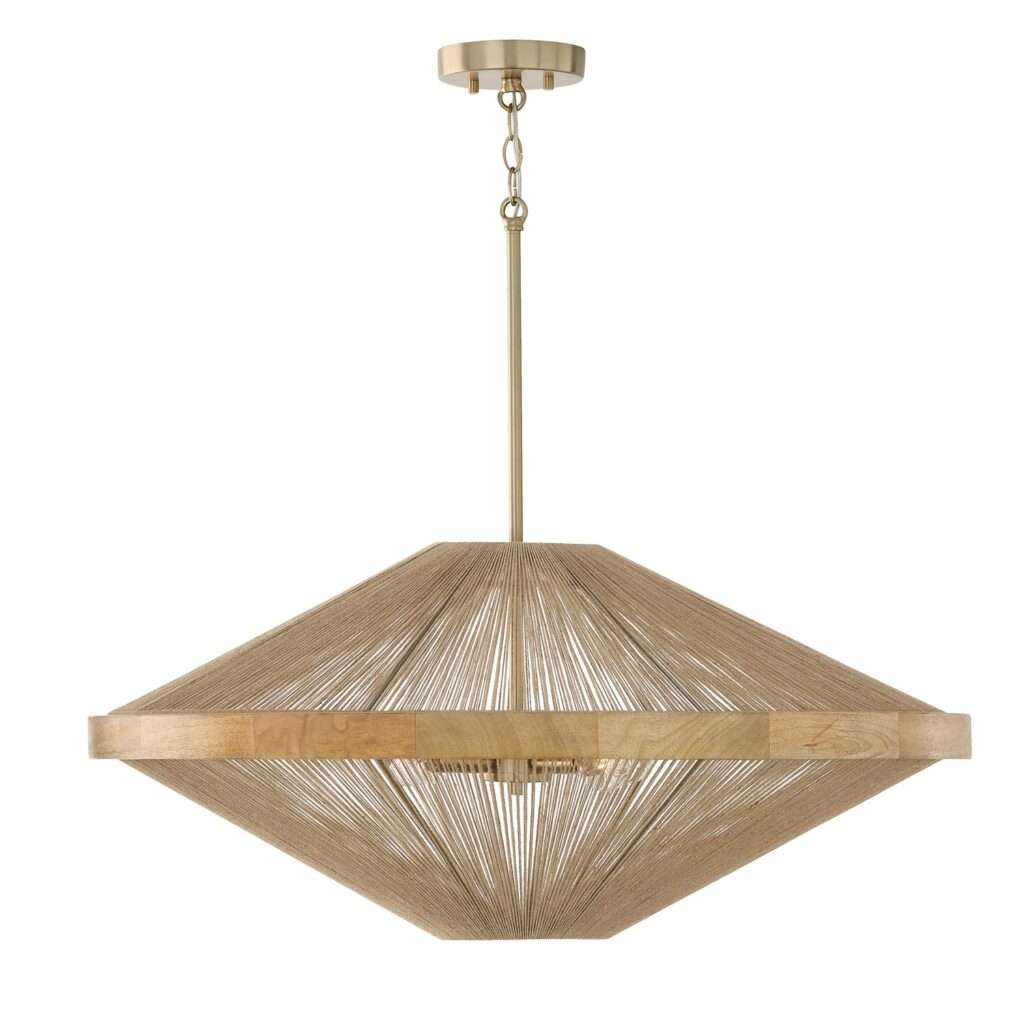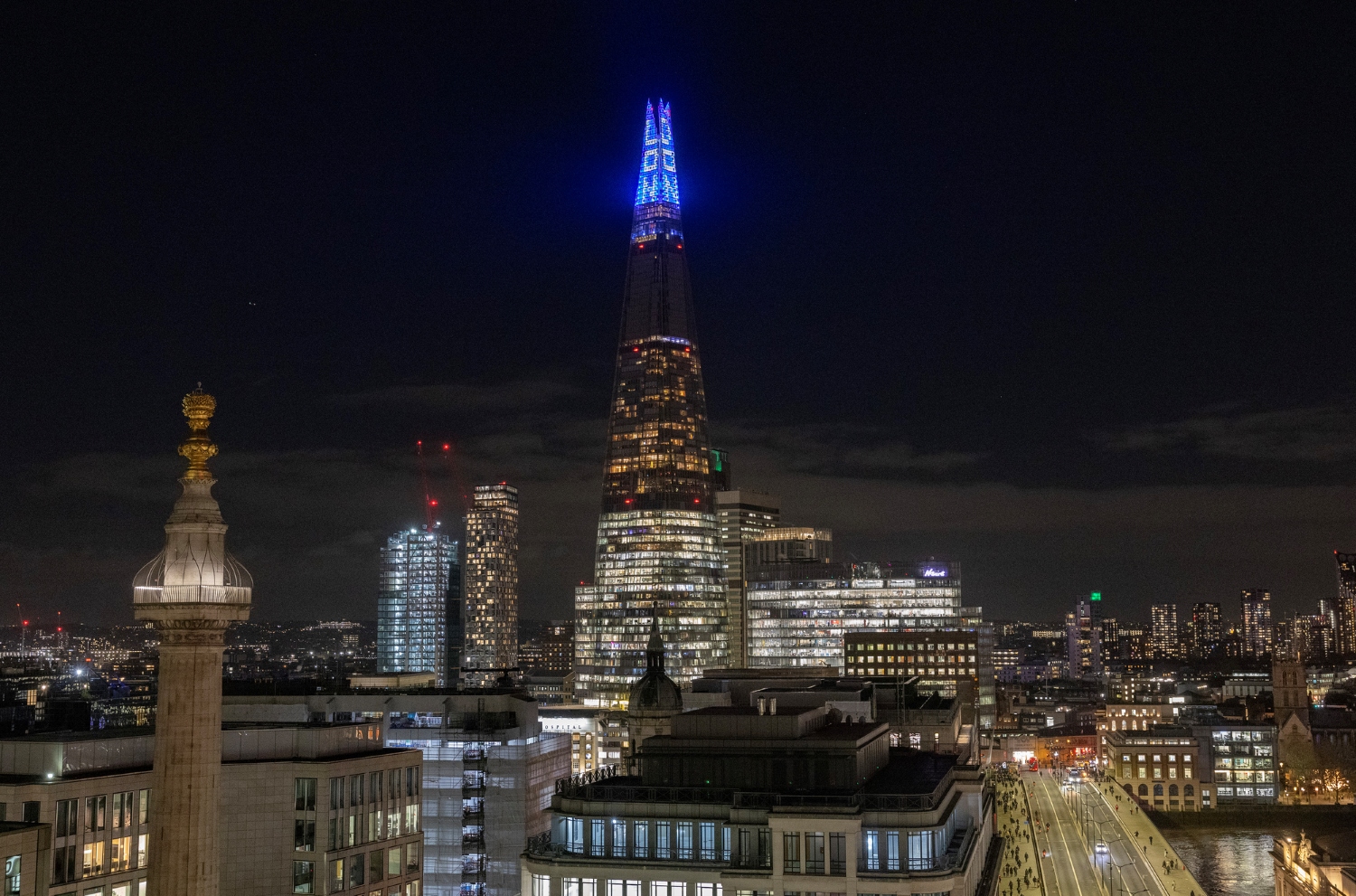Header: Hubbardton Forge
The words “artisanal” and “custom” have dominated the design world for a few years now, especially since sustainability and aesthetics became household terms in interior design and architecture. But these words have also touched the lighting design industry, as artisanal lighting fixtures are becoming more popular as the world wants to take their personalized spaces to another level.
What makes these lighting pieces so desirable is that they are not mass-produced, typically being handmade and available in limited quantities. This means that customers can create a unique environment for themselves and take it further by incorporating other artisanal pieces that most people don’t own. Furthermore, the fact that lighting fixtures are some of the most sought-after artisanal pieces aligns with a wider trend in interior design where lighting is no longer viewed as purely functional but as a design element.

What Exactly Is Artisanal Lighting?
Artisanal lighting refers to fixtures created by skilled artisans and artists, often using traditional craftsmanship techniques. The custom nature of these fixtures allows consumers to curate their spaces to their liking, choosing materials, finishes, and dimensions to suit their personal aesthetics and preferences.
When surveying the world of artistic lighting fixtures, the materials that seem to be most used are wood, glass, and metal. Since craftsmanship and traditional techniques, like hand-blown glass or metal forging, are central to this niche, imperfections are not just accepted but celebrated, as they contribute to each piece’s uniqueness.

Why Artisanal Lighting?
Several factors have significantly contributed to the rising demand for artisanal and custom lighting fixtures, including personalization, sustainability, and quality. As consumers seek lighting that reflects their individual aesthetic and complements their interior designs, they are increasingly concerned about the environmental impact of the design industry. Many artisanal lighting makers address these concerns by emphasizing eco-friendly practices, such as using sustainable materials and minimizing waste during production, aligning with society’s slow shift from consumerism to environmental responsibility. Additionally, these fixtures are viewed as long-term investments because they are built to last through their designs and materials.

Artisanal Lighting Studios Worth Keeping An Eye On
Julie Neill
Julie Neill is a design studio focusing mostly on chandeliers, sconces, and lamps designed to stand out in various interior settings. Known for depicting flowers in great detail through traditional handcraft techniques, this studio’s pieces bring character to any space. Smooth, classic, and romantic, these lighting fixtures can be considered an investment since they will last years without losing quality or beauty.
One example of this brand’s work is the Alberto chandelier, inspired by artist Diego Giacometti. The chandelier features floral forms made from sculpted plaster, and, like most of Neill’s collections, the Alberto is designed to enhance spaces like dining rooms, living rooms, and entryways.

Hubbardton Forge
Hubbardton Forge is an artisanal lighting company based in Vermont that combines traditional forging techniques with modern design and technology to create functional yet artistic lighting fixtures. Due to the owner’s strong connection to their local environment, each product is manufactured domestically to maintain control over the process, ensuring it remains sustainable, efficient, and prestigious.
Each lighting fixture is handcrafted by skilled artisans who specialize in blending organic forms with industrial design. An example of their work is the Corona Collection, which features pendant lights, wall sconces, and semi-flush mounts. Forged from steel, the pieces are shaped by hand, with metal curves that allow light to take on a soft, natural glow.

Capital Lighting
Capital Lighting blends natural materials with traditional craftsmanship to create lighting fixtures that stand out in any space. Known for working with artisans from all over the globe, the brand ensures that each piece’s individuality comes from a careful blend of cultural influences. Materials such as mango wood, hand-blown glass, and rattan also greatly impact this, as their natural variations help make the fixtures truly one-of-a-kind.
The Maya Closed Pendant is a good example of the brand’s work. It achieves a simple, modern diamond shape through natural materials such as light-stained mango wood and hand-wrapped jute rope. A matte brass finish adds a small touch of shine to the piece, making it perfect for any space: a living room, an office, or even a porch.











